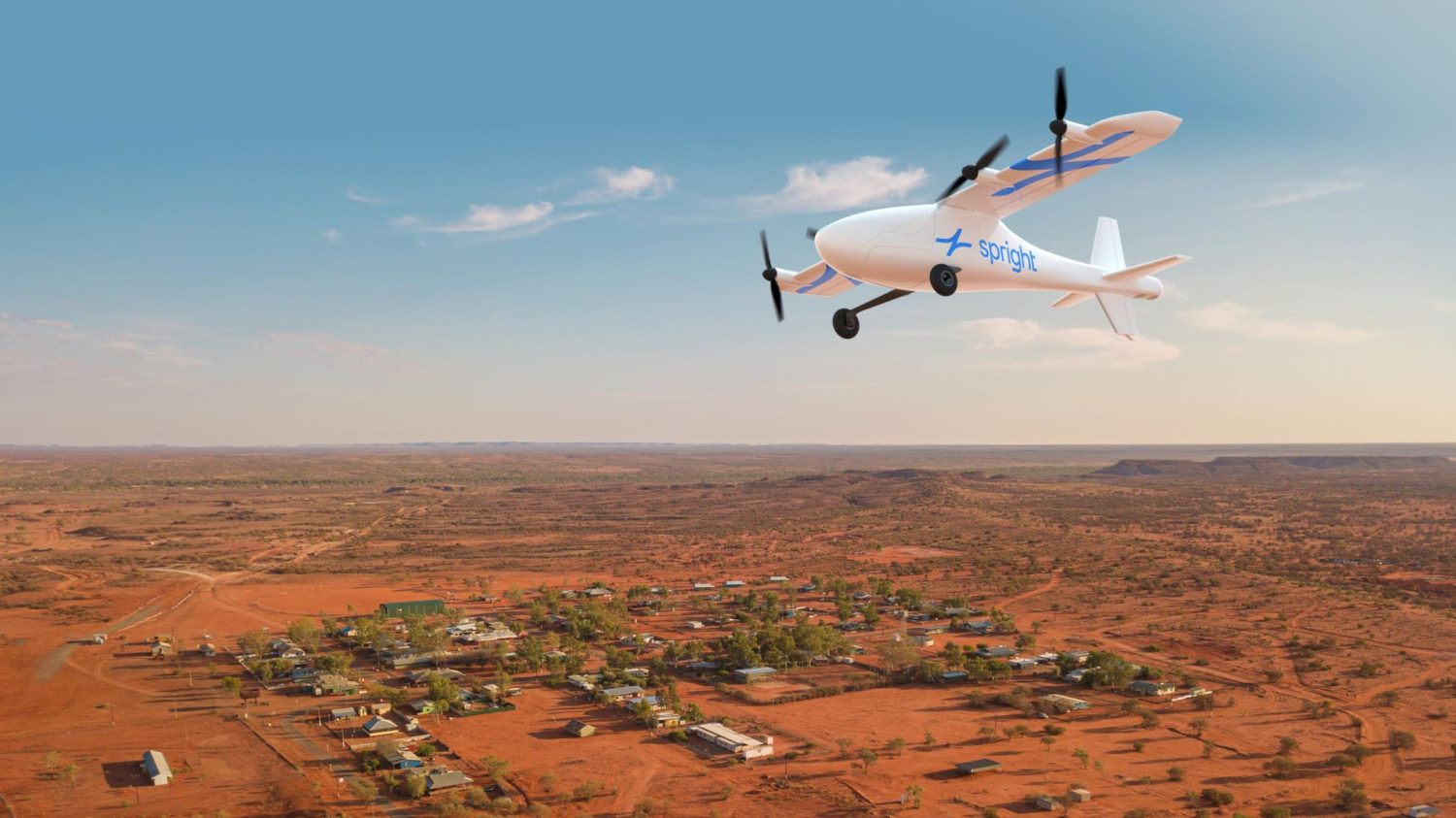U.S. Army's Expanding Drone Fleet: An Exclusive Analysis

Table of Contents
The Driving Forces Behind the Expansion of the U.S. Army Drone Program
The dramatic increase in the number and sophistication of U.S. Army drones is driven by a confluence of factors. These factors work synergistically to necessitate a larger and more technologically advanced unmanned aerial system (UAS) inventory.
Increased Operational Demands
The modern battlefield demands persistent surveillance in diverse and challenging terrains. This need is the primary driver behind the expansion of the U.S. Army drone program.
- Counter-insurgency operations: Drones provide crucial intelligence, surveillance, and reconnaissance (ISR) capabilities in asymmetric warfare scenarios, minimizing risk to ground troops.
- Border security: U.S. Army drones are instrumental in patrolling vast stretches of border, detecting illegal crossings, and monitoring drug trafficking routes.
- Disaster relief: Following natural disasters, drones offer a rapid assessment of damage, helping guide rescue efforts and deliver aid to affected areas.
- Intelligence gathering: Drones are invaluable for collecting intelligence on enemy movements, positions, and activities, providing crucial information for strategic planning.
For instance, the use of drones in Afghanistan provided real-time situational awareness, significantly impacting tactical decisions and minimizing casualties. Similarly, drones are proving increasingly valuable for border patrol along the U.S.-Mexico border.
Technological Advancements
Miniaturization, improved sensor technology, and enhanced autonomy are transforming the capabilities of military drones, making them more effective and versatile.
- Artificial Intelligence (AI): AI-powered drones are becoming increasingly autonomous, capable of performing complex tasks without direct human control, enhancing efficiency and reducing pilot workload.
- Extended Flight Times: Advances in battery technology and engine design are significantly increasing the flight duration of many drone models, allowing for longer missions and persistent surveillance.
- Improved Payload Capacity: Drones are now capable of carrying heavier payloads, including more sophisticated sensors, weapons, and communication equipment.
- Enhanced Image Resolution: Improvements in camera technology provide higher-resolution imagery and video, facilitating better target identification and situational awareness.
Comparing older models like the RQ-7 Shadow to newer systems showcases this dramatic technological leap. The newer generation offers significantly improved capabilities in all these areas.
Budgetary Allocations
Increased defense spending has directly fueled the acquisition of a larger and more advanced drone fleet for the U.S. Army.
- Increased funding for UAV programs: Significant budgetary allocations are directed towards research, development, and procurement of new drone technologies and platforms.
- Modernization initiatives: The Army's modernization strategy prioritizes investment in advanced unmanned systems to maintain its technological edge.
While precise budget figures are often classified, publicly available information indicates a substantial increase in funding for drone programs in recent years, directly correlating with the expansion of the U.S. Army's drone fleet.
Types of Drones in the U.S. Army's Expanding Fleet
The U.S. Army utilizes a diverse range of drones, each tailored to specific operational needs.
Small Tactical UAVs (sUAS)
These drones provide real-time ISR capabilities at the platoon and company level. Their portability and ease of use make them invaluable assets in close-quarters combat.
- Increased Situational Awareness: sUAS provide troops with real-time intelligence on enemy movements, improving their ability to make informed decisions on the battlefield.
- Improved Target Acquisition: High-resolution imagery helps identify and locate targets, improving the accuracy of strikes.
- Reduced Risk: sUAS allow commanders to gather intelligence without putting soldiers at risk in hazardous areas.
Specific models, while often classified, are characterized by their compact size and ease of deployment.
Medium-Altitude Long-Endurance (MALE) UAVs
MALE UAVs like the MQ-9 Reaper offer extended flight times and greater payload capacity, enabling longer missions and broader surveillance coverage.
- Strategic Surveillance: MALE UAVs are capable of monitoring large areas for extended periods, providing crucial intelligence for strategic planning and operations.
- Precision Strikes: Equipped with advanced weaponry, these drones can provide precision strikes against high-value targets, reducing civilian casualties.
These drones play a crucial role in both regional conflicts and larger-scale operations.
Future Drone Technologies
The U.S. Army is actively exploring advanced drone technologies that promise to revolutionize warfare.
- Swarming Drones: The coordinated deployment of numerous small drones working in concert.
- AI-Powered Autonomous Systems: Drones capable of making independent decisions and executing complex tasks without human intervention.
- Hypersonic Drones: Drones capable of achieving hypersonic speeds, significantly increasing their speed and range.
- Loitering Munitions: Autonomous drones that can loiter in an area, waiting for a target to appear before engaging.
These technologies are likely to significantly change the future of warfare, creating new tactical advantages and presenting new challenges.
Implications and Challenges of the Expanding U.S. Army Drone Fleet
The expansion of the U.S. Army's drone fleet presents both significant advantages and critical challenges.
Ethical Considerations
The use of drones raises several significant ethical concerns.
- Civilian Casualties: The risk of unintended civilian casualties is a major ethical concern.
- Accountability: Determining accountability for actions taken by autonomous drones is a complex legal and ethical issue.
International laws and regulations concerning the use of force in armed conflict are constantly evolving to address these challenges.
Cybersecurity Risks
Drone systems are vulnerable to hacking and cyberattacks.
- Data Breaches: Compromised drones can expose sensitive intelligence data.
- Operational Disruption: Hackers can disable or take control of drones, disrupting operations and potentially causing significant damage.
Robust cybersecurity measures are crucial to protect sensitive data and maintain operational integrity.
Maintaining Operational Readiness
Maintaining a large and diverse drone fleet presents significant logistical challenges.
- Training Requirements: Highly trained personnel are needed to operate and maintain these sophisticated systems.
- Maintenance Costs: The ongoing cost of maintenance and repair can be substantial.
- Spare Parts Availability: Ensuring the availability of spare parts is essential for maintaining operational readiness.
Effective maintenance programs and a highly skilled workforce are paramount for ensuring the continued operational effectiveness of this expanding fleet.
Conclusion
The U.S. Army's expanding drone fleet represents a significant advancement in military capabilities, offering unprecedented levels of surveillance and combat effectiveness. While technological advancements and budgetary allocations are driving this expansion, careful consideration must be given to the ethical, cybersecurity, and logistical challenges inherent in managing such a complex system. Understanding the implications of this expanding fleet is crucial for policymakers, military strategists, and the public alike. To stay informed about the latest developments in the field of U.S. Army drones, continue to follow our analysis and updates on military technology.

Featured Posts
-
 Game Name A Surprisingly Good Ps Plus Game For 2024
May 02, 2025
Game Name A Surprisingly Good Ps Plus Game For 2024
May 02, 2025 -
 Duurzaam Schoolgebouw Kampen Rechtszaak Om Stroomvoorziening
May 02, 2025
Duurzaam Schoolgebouw Kampen Rechtszaak Om Stroomvoorziening
May 02, 2025 -
 Selling Sunset Star Speaks Out Against La Fire Victim Price Gouging
May 02, 2025
Selling Sunset Star Speaks Out Against La Fire Victim Price Gouging
May 02, 2025 -
 Understanding Shrove Tuesday The History Behind Pancake Day
May 02, 2025
Understanding Shrove Tuesday The History Behind Pancake Day
May 02, 2025 -
 Nws Tulsa Forecasts Near Blizzard Conditions What You Need To Know
May 02, 2025
Nws Tulsa Forecasts Near Blizzard Conditions What You Need To Know
May 02, 2025
